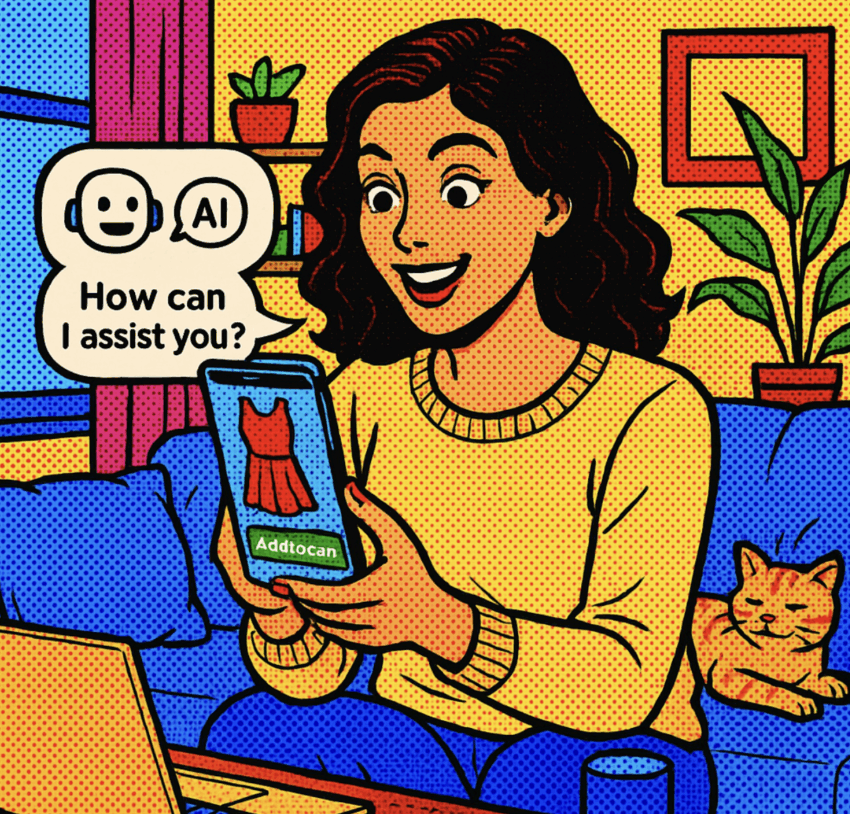On a recent walk to work, I was listening to Acquired’s podcast on the history of Google. One thing that stood out to me was Google’s current extreme grip on the advertising business and it made me think whether people will be shifting away from using Google and rely more on platforms such as ChatGPT to do their web search?
Especially, now that ChatGPT has announced shopping integration within its product, it bears the question whether we are witnessing the beginning of a structural but also cultural shift in how we will buy stuff online?
On their website, ChatGPT explains that it “considers factors like availability, price, quality”. This language suggests that the system doesn’t merely retrieve results but it actually curates them through algorithmic preferences. It also sounds like ChatGPT merchants that have ChatGPT’s new purchasing technology, “Instant Checkout”, enabled will have a competitive edge over those that don’t.
By open-sourcing the technology that powers Instant Checkout, OpenAI is encouraging widespread adoption, hoping to create a new industry standard that naturally directs momentum and merchants towards its platform. This strategy is reminiscent of how Google made Android open-source to encourage adoption and preventing any company to dominate the mobile operating system market.
The Etsy partnership reveals a deliberate demographic strategy. Etsy’s core user base skews 25-34, and the expansion to Glossier, SKIMS, Spanx, and Vuori reinforces this targeting, as these are brands with strong millennial and Gen Z female customer bases. ChatGPT seems to be positioning itself as a good to shopping assistant with digitally-native consumers who already exhibit high e-commerce propensity. The behavioural shift from Google-based product discovery to ChatGPT-mediated purchasing represents an incremental rather than transformative change for this demographic. The strategic insight: reducing adoption friction by embedding within existing digital shopping behaviours rather than requiring fundamental consumer adaptation.
Google’s advertising model operates on explicit transaction visibility: sponsored placements carry clear “Ad” labels, establishing a transparent value exchange between merchants, platform, and users. The system’s efficacy derives from this acknowledged asymmetry.
Agentic commerce introduces a structural tension. The model’s viability depends on users perceiving the AI as an unbiased optimisation engine operating solely on their preference parameters. Simultaneously, profitability requires systematic selection bias toward ecosystem participants. This creates a fundamental trust architecture problem: the AI must maintain the perception of pure user advocacy while executing commercially-motivated recommendation logic. The sustainability of this model hinges on whether the gap between perceived neutrality and actual merchant favouritism remains within acceptable tolerance thresholds for users, or whether repeated exposure to monetised recommendations degrades the trust infrastructure the entire system depends upon.
The market trajectory remains contingent on two variables: user adoption patterns for this commerce model and competitive response dynamics. The strategic question is whether ChatGPT’s approach establishes the dominant paradigm, prompting replication across AI platforms, or whether alternative architectures emerge that resolve the trust-monetisation tension through different structural mechanisms.
